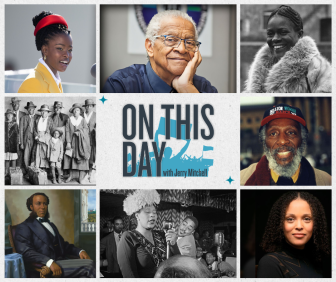
May 2, 1964

Henry Hezekiah Dee and Charles Eddie Moore, two 19-year-old Black Americans, were simply trying to get a ride back home. Instead, Klansmen abducted them, took them to the Homochitto National Forest, where they beat the pair and then drowned them in the Mississippi River.
When their bodies were found in an old part of the river, FBI agents initially thought they had found the bodies of three missing civil rights workers, James Chaney, Andrew Goodman and Michael Schwerner.
Thanks to the work of Moore’s brother, Thomas, and Canadian filmmaker David Ridgen, federal authorities reopened the case in 2005. Two years later, a federal jury convicted James Ford Seale. He received three life sentences and died in prison.
Ridgen did a podcast on the case for the CBC series, “Somebody Knows Something.”


